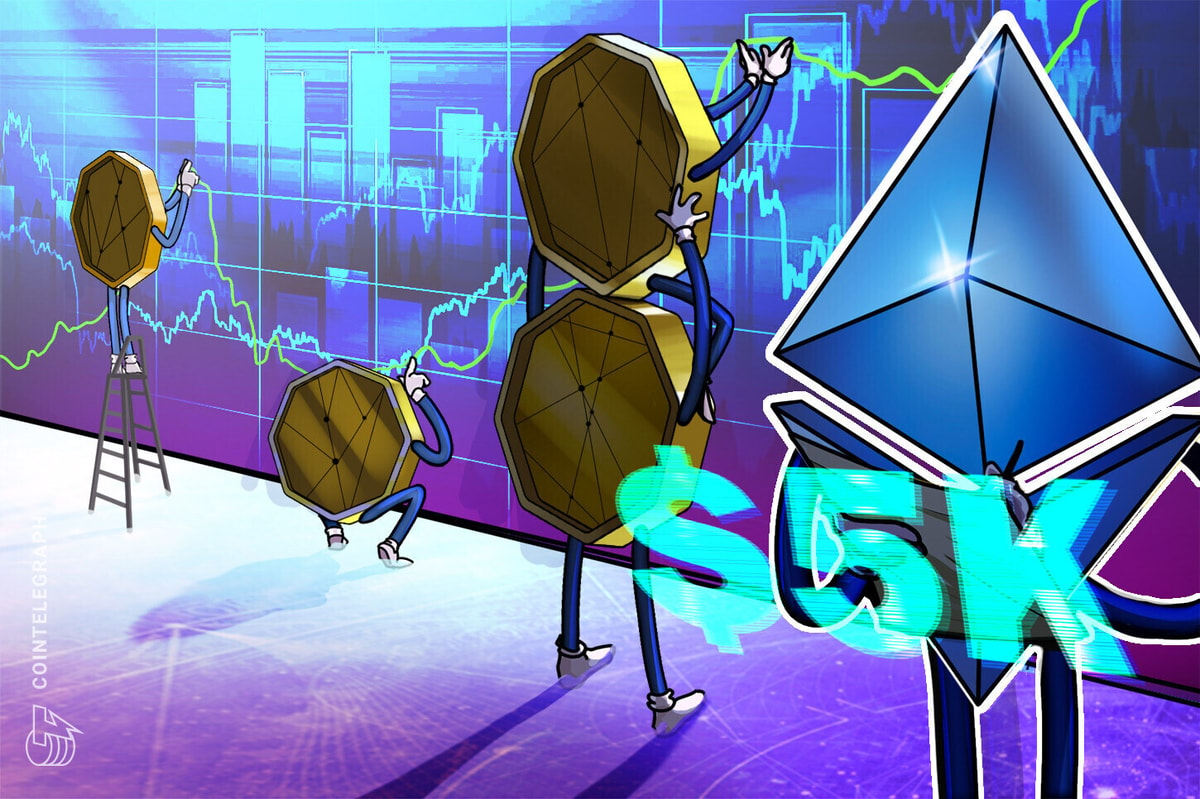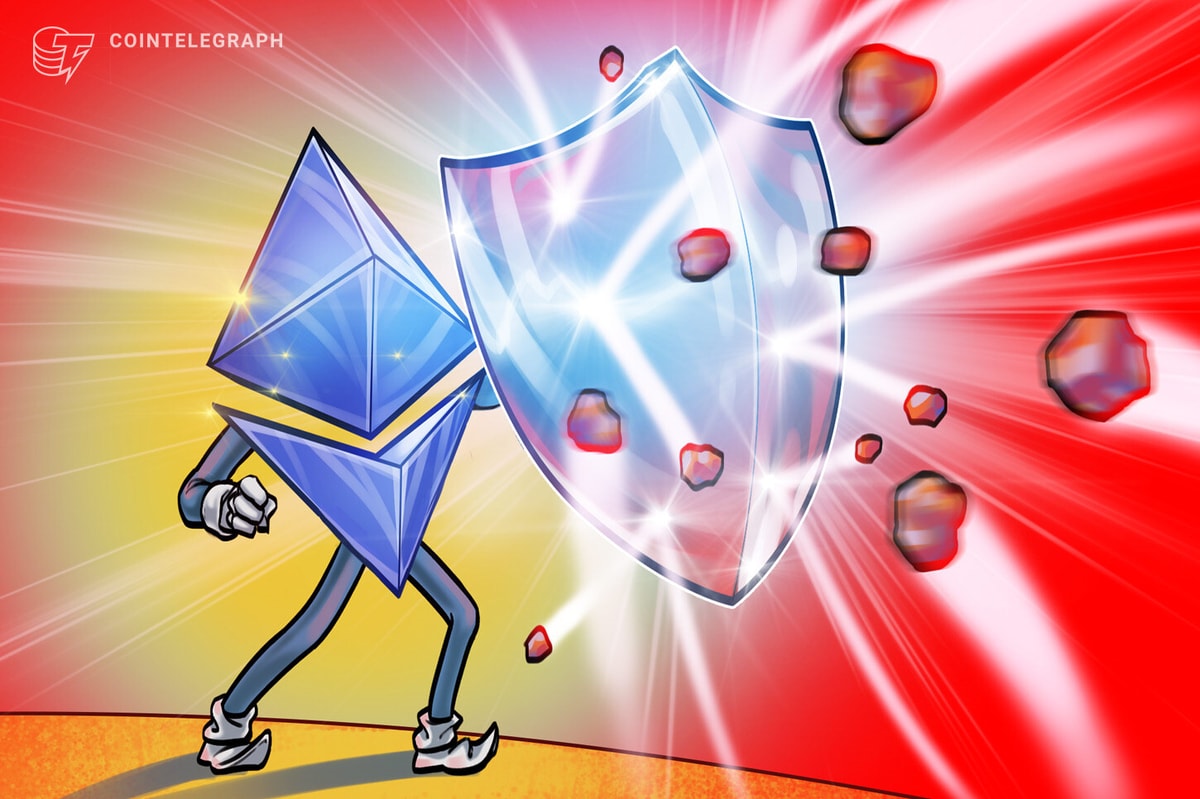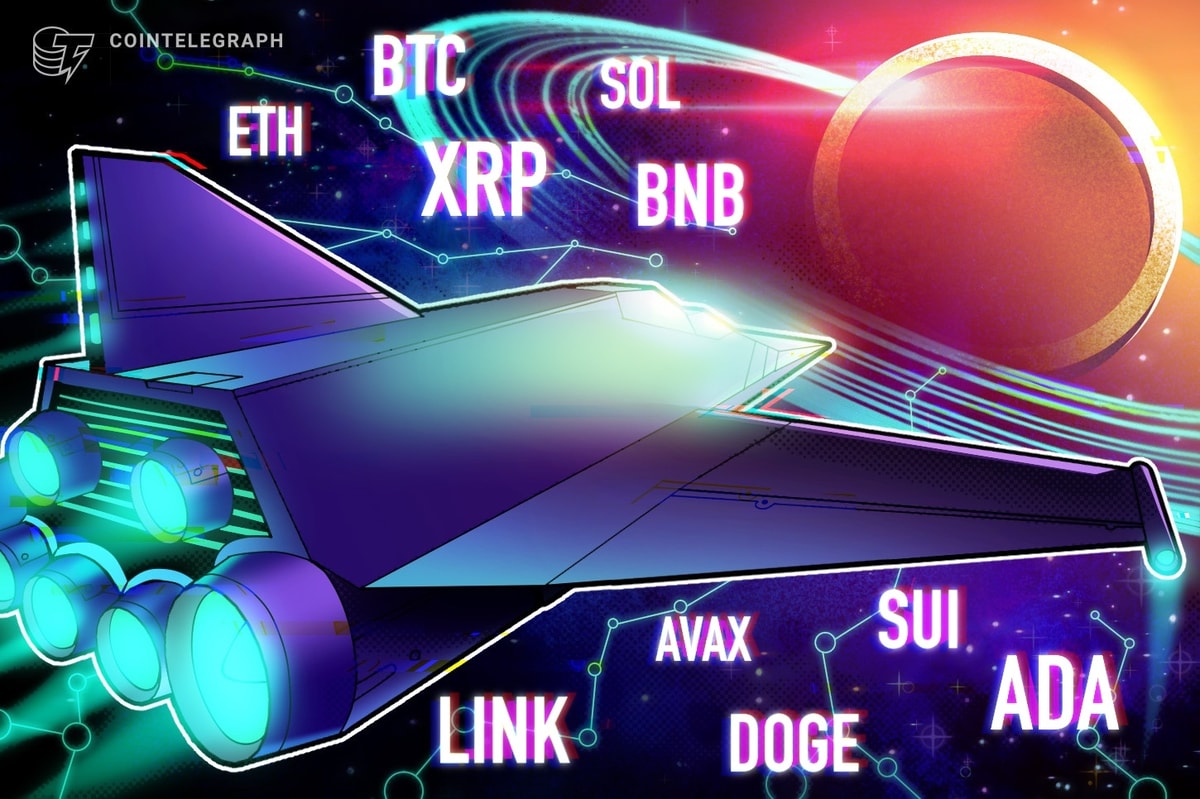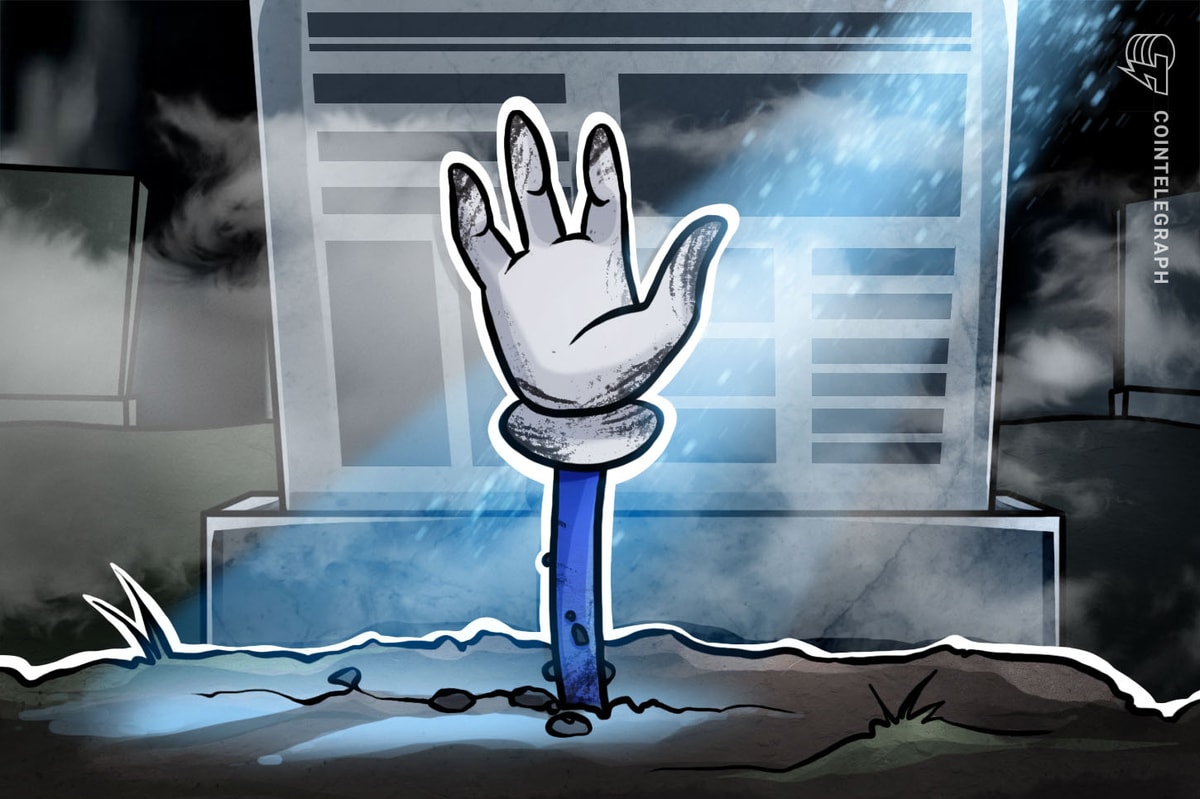A space-themed, DeFi-based massively multiplayer online game is coming to the Ethereum blockchain.
Created by the developers of the very popular 2018 DApp city builder game MegaCryptoPolis, Farsite is a real time strategy MMO set in a universe populated by spaceships and planetary bases in which players can take on a number of roles ranging from explorer, merchant or miner to politician, pirate, or even governor of an entire star system.
Inspired by the leading projects of the MMO industry, Farsite developer SUPERNOVAE took up an ambitious task: To give the players all of the power in the universe of Farsite.
In the Farsite universe, everything revolves around an economy based on resources that must be found, processed, sold, and used to keep the galaxy turning. So, while there’s plenty of fighting as Farsite players vie for resources, it’s not a shooter. Players make everything in the game and transport it where it needs to go.
What is unique is that every resource from raw ore and spaceship fuel to planetary manufacturing bases and utterly unique starships is an immutable non-fungible token (NFT) built on Ethereum’s ERC-721 standard — with a twist.
Economic warfare
Specifically, the Farsite token (FAR) is a cNFT, a proposed standard for a nonfungible token that holds some amount of ERC-20 tokens, making it usable as loan collateral or for staking. Within Farsite, these cNFTs contain the game currency — credits — with 1 FAR token hard-coded to 1,000 credits.
While those cNFTs are largely designed to be used in-game, they will also be tradable on external NFT marketplaces like OpenSea, giving an extra financial impetus to the game’s economy. Developers plan to list FAR tokens on several external exchanges and liquidity pool markets, meaning in-game profits can enter the real world.
That said, Farsite makes use of those credit-loaded NFTs in-game in a number of ways. Most notably, they act as insurance policy for spaceships, as they are unlocked and returned to the owner if a ship is destroyed in battle. However, they also allow players to use ships and other high-value items — ship blueprints, manufacturing stations and the like — as collateral for in-game loans.
Building a base
Funds flow into the Farsite economy when players purchase crates, which contain random drops of credits, materials, and ship parts, as well as spaceships and ship blueprints. Some limited-edition crates with better drops will be available in a pre-sale —and can be resold in or out of the game. The crate pre-sale will begin on May 31.
The developers plan to mint a total of 10 million FAR tokens — 10 billion credits — as an initial supply, with 90% locked until later stages of the project. The roadmap foresees a gameplay demo launch by the end of the year. After that, new credits will only be minted in crates, the project said. Credits are used for almost every in-game action, and major ones burn those credits, making them rarer — and presumably more valuable — over time.
Farsite is built on the Ethereum blockchain and is Eth2 ready but has three layers: Ethereum (L1), Polygon (L2) and ZK Relay (L3). Credits minted on the L2 sidechain can be converted to FAR tokens via a bridge to the Ethereum L1 layer and traded on the open market. The L2 is so fast and cheap that the fees for in-game operations and trades are paid by the developers. L3 is where the in-game actions not involving credits happen, keeping performance optimized.
Disclaimer. Cointelegraph does not endorse any content or product on this page. While we aim at providing you all important information that we could obtain, readers should do their own research before taking any actions related to the company and carry full responsibility for their decisions, nor this article can be considered as an investment advice.











